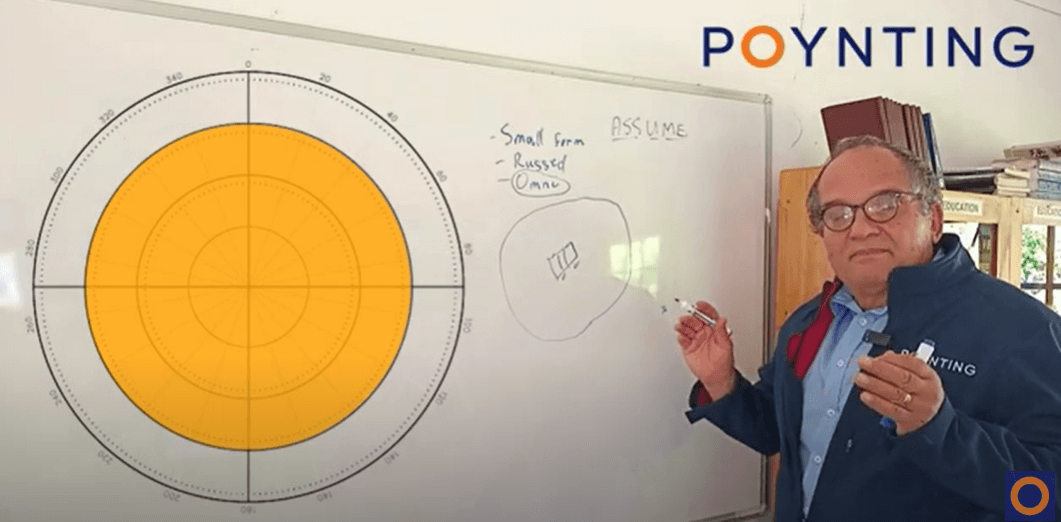Why the “Best” Specified Antennas May Be the Worst for Vehicles

Understanding the Right Antenna for Mobility
When selecting an antenna for mobility and transport applications, many assume that the best option is the one with the highest gain or most impressive specifications. However, as POYNTING Antennas CEO, André Fourie, explains in this video, the reality is quite the opposite.
The antennas with the "worst" specifications—particularly when it comes to gain—are often the best performers in real-world mobility scenarios. Let’s break down why.
What Makes a Good Mobility Antenna?
A mobility antenna needs to meet several key requirements:
- Compact size – Vehicles have limited space, so antennas should be small and easy to install. POYNTING's PUCK and MIMO-3 antennas, for example, are designed to fit seamlessly onto vehicles.
- Ruggedness – Mobility antennas must withstand harsh conditions, including vibration, weather, and impacts. POYNTING’s antennas are built tough, as demonstrated in durability tests.
- Omnidirectional Coverage – This is where many people misunderstand what makes an antenna truly effective for moving vehicles.
Why Omni Matters More Than Gain
A mobility antenna needs to communicate with base stations in any direction. Since vehicles are constantly moving, turning, and changing orientation, an omnidirectional (Omni) antenna is essential.
However, gain specifications can be misleading. High-gain antennas are often optimized for a specific direction, meaning they sacrifice performance in others. This creates "blind spots" where connectivity drops, making them unreliable for mobile applications.
The Hidden Problem with High-Gain Antennas
A high-gain antenna is like a balloon—you can squeeze one side to make it bigger, but that only makes other areas smaller. Similarly, an antenna with a high gain in one direction will have weaker coverage in others.
In contrast, a true Omni antenna spreads its signal evenly in all directions. While its gain may seem lower on paper (often around 1-3 dBi), it delivers consistent and reliable coverage—exactly what’s needed for moving vehicles.
The Right Choice for Mobility
Choosing an antenna based on gain alone can lead to poor performance in mobility applications. Instead, look for antennas designed for omnidirectional coverage across all frequency bands (typically 600 MHz to 6 GHz).
At POYNTING, we prioritize real-world performance over misleading specifications. Our antennas, such as the PUCK, MIMO-3, and SWIRL, ensure reliable connectivity for vehicles, fleets, and transport applications.
Want to learn more? Watch this video where André Fourie explains the concept in detail. Don’t forget to subscribe to our YouTube channel for more insights into antenna technology!





